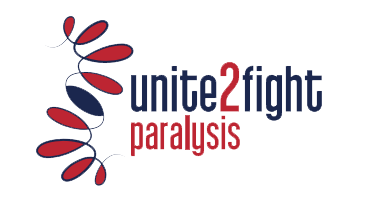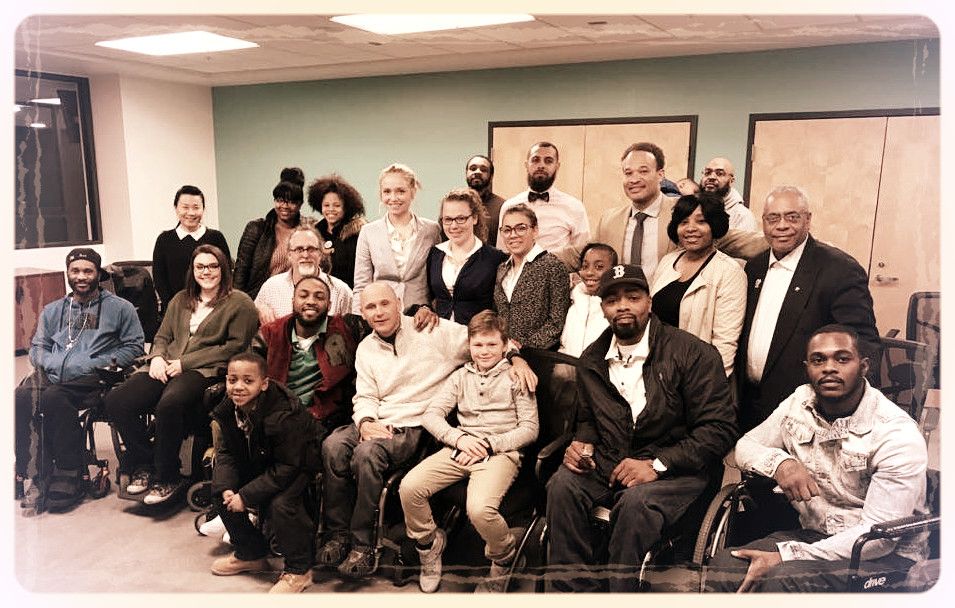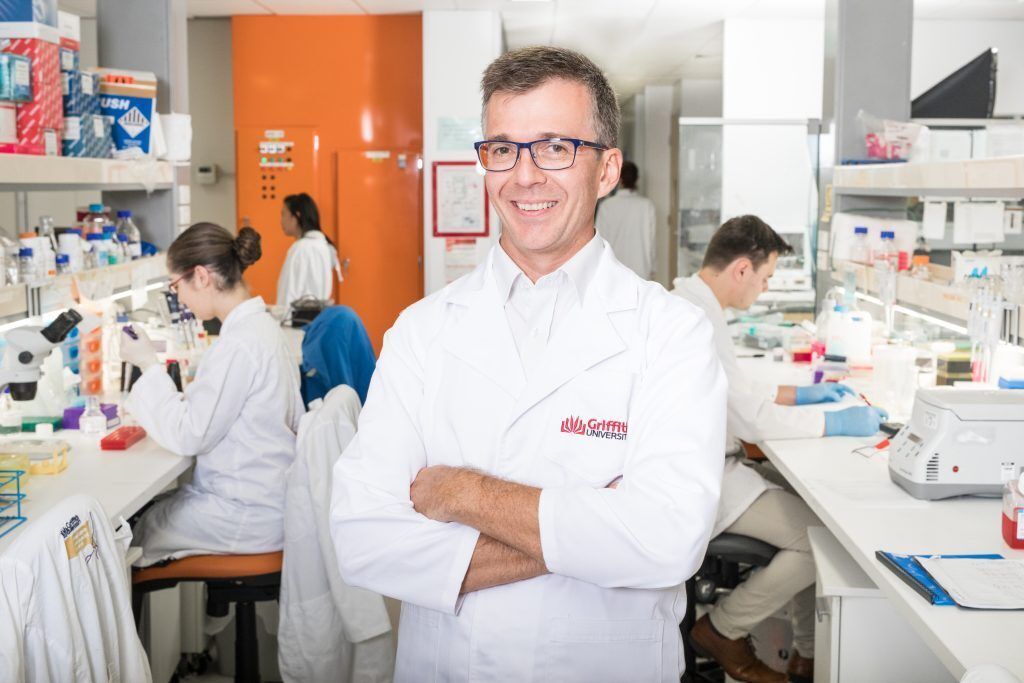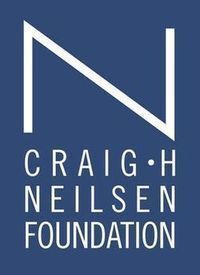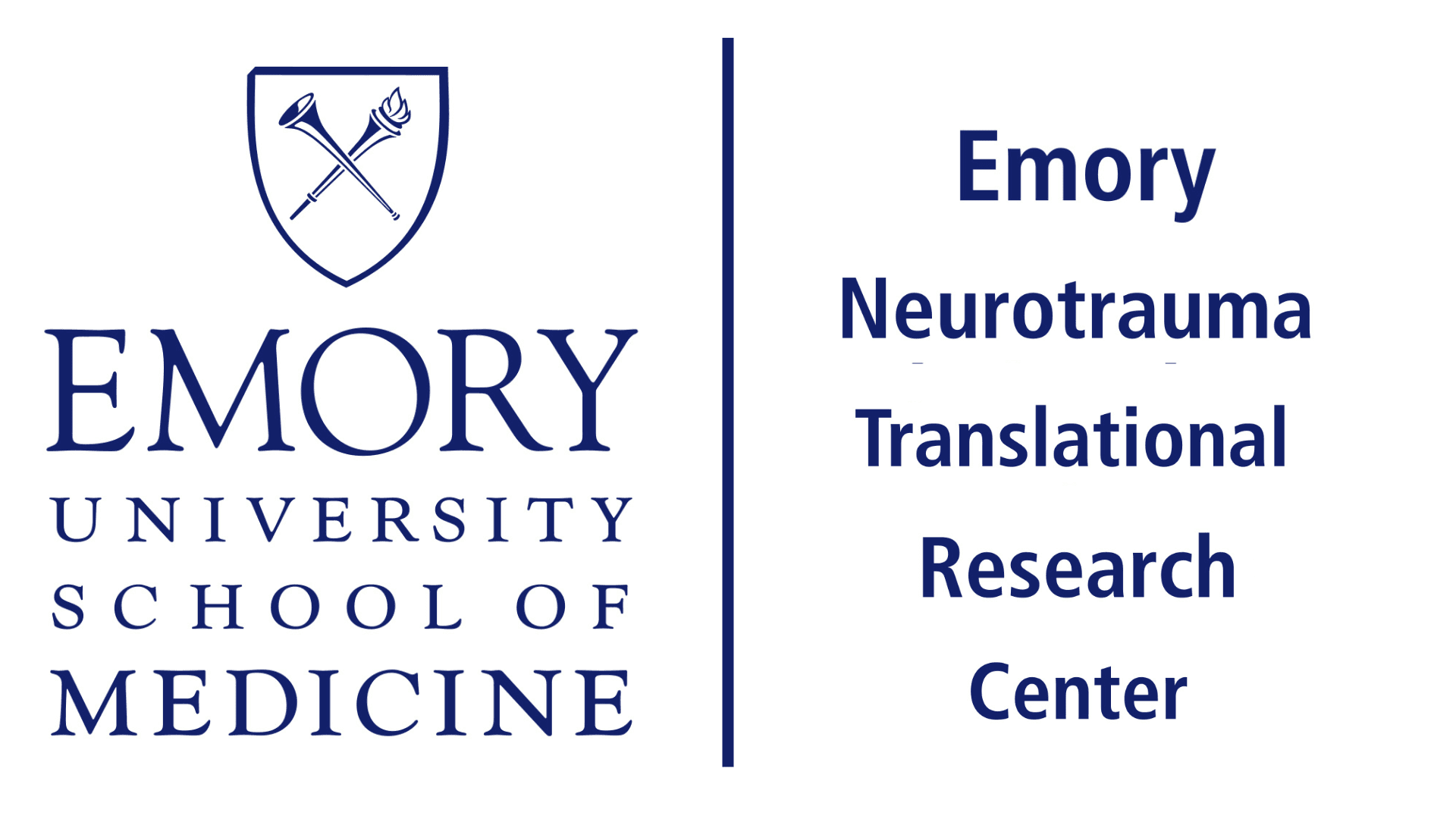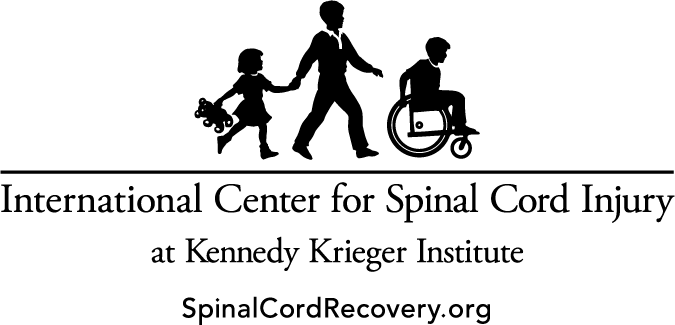Nov 6, 2024
Headline Patrol: Aussie Trial, Does it Pass the Smell Test?
Sam Maddox
This is the long and winding story of a highly anticipated clinical trial happening in Australia next year. Scientists intend to transplant a 3D nerve cell bridge seeded by cells harvested from each participant’s nose directly into the lesion area of their spinal cord. The study also includes a huge amount of rehab training.
Many of you have likely already seen the recent news coverage around this trial; indeed, several of our followers reached out to me about this story: Australian scientists thought to be on the verge of curing paralysis with world-first spinal cord injury trials.
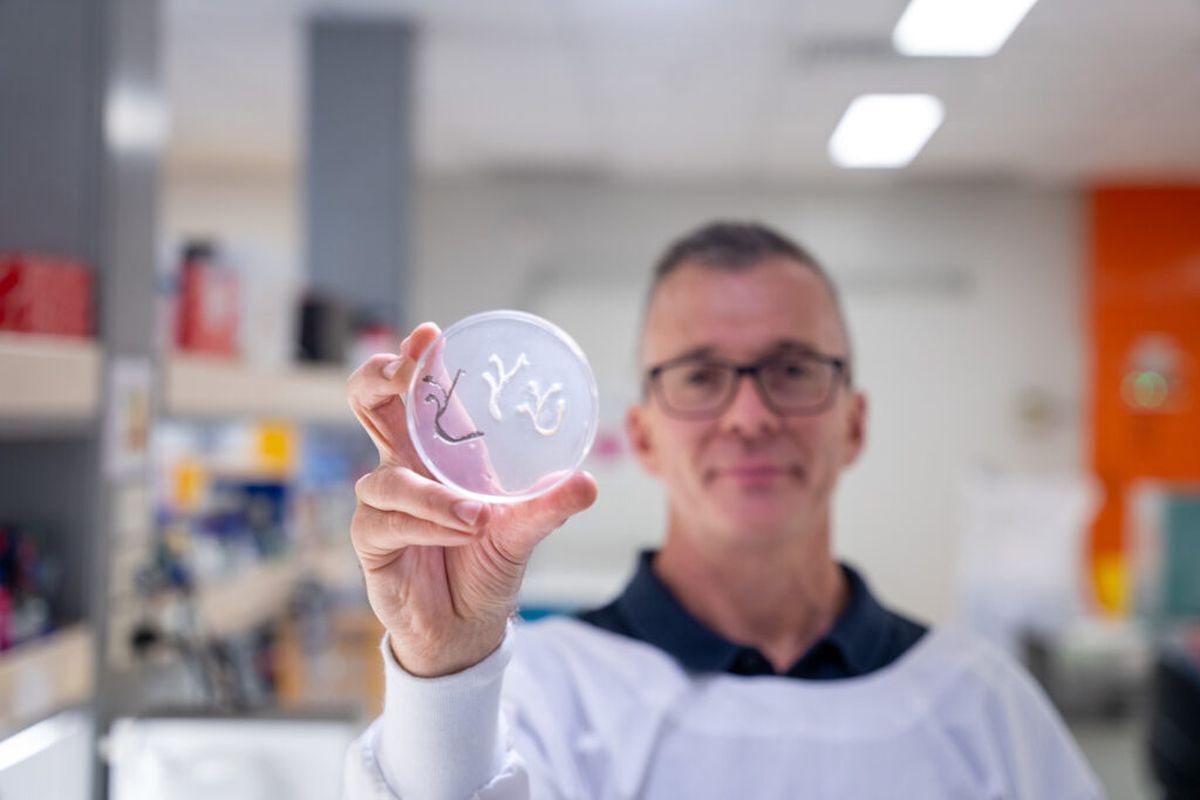
Nerve bridges made from olfactory ensheathing cells which replicate a nerve obtained from a chicken. (Credit: Griffith University)
This is serious work, based on strong science fundamentals and 20+ years of clinical safety data; it is fueled by SCI community money and enthusiasm. The trial will employ novel bioengineering and surgical techniques that are not backed up by preclinical published science – not the way translation from lab to clinic usually works. The trial intends to produce the data to justify its continuation, ex ante.
Is it promising? Yes. On the verge of cure? That’s an unfair expectation originating in the head of a headline writer. Let’s get into it.
The trial is being led by James St. John, a professor at Griffith University in Australia, and is recruiting only in the general area of Brisbane, Queensland. Neurosurgeons plan to open the spinal cord membranes, clear scar tissue from the injury area and drop in a tiny little scaffold device covered by nose cells – not a trivial bit of neural handiwork. And yet, over 300 people have come forward to participate; only 30 will be enrolled.
At least one American patient has moved to the area in hopes of getting into the trial, though trial organizers are not encouraging this, said St. John. (It doesn’t hurt recruitment that participants are paid $23 an hour for all clinical and rehab activities, and testing, over 50 weeks.)
On the Nose
If this nose cell idea sounds familiar it’s because it is. Way back in the early 2000s the concept of grafting what are called olfactory ensheathing glia (OEG) cells into the damaged cord was shown to be safe in people with SCI, and to some degree effective. (See below for a couple of OEG cautionary stories.)
OEGs are located both in the olfactory bulb and the olfactory mucosa. Unlike other nerve cells, OEGs regenerate every 6-8 weeks, an evolutionary response to protect the respiratory system against invaders such as bacteria.
In the nose, OEGs form long tunnel-like structures that enable olfactory axons to travel from the nose to the brain. OEGs also clear the axonal debris to encourage growth. If placed in the spinal cord, St. John suggests the OEGs are restorative.
Said St. John, “OEG cells have an innate natural ability to manage nerve injury and promote repair and regeneration. This makes these cells good candidates to replace other nerves that have been damaged.” He added that because the cells are transplanted autologously (a patient’s own cells are employed) immune rejection is not an issue.
Trial Detail
Here’s how this trial is set up (see trial documents here): Participants must be a year post injury, C5 level or lower, AIS A or B (motor complete injuries). The trial hopes to enroll its first patient next February with surgery in April. One more patient will be enrolled every two months thereafter. One in three participants will not get cells, just rehab.
From Australian clinical trial registry:
"This is a randomized, blinded and controlled Phase I/IIa trial to measure the safety, feasibility and efficacy of a combined cell transplantation and intensive rehabilitation intervention to treat spinal cord injury. The trial aims to examine whether transplantation of olfactory cell nerve bridges combined with intensive rehabilitation is safe and feasible for people living with chronic spinal cord injury in Australia, and whether the intervention improves structural integrity of the spinal cord, functional recovery, overall health, and social wellbeing.
For the olfactory cell nerve bridge transplant, cells from inside the patient’s own nose will be purified and engrafted as 3D cellular nerve bridges of 1-2 cm in length. Participants will receive a dose that is dependent on the size of the accessible space within the injury site of the spinal cord with up to 60 million cells being engrafted. The surgery for the transplantation will be performed by a neurosurgeon in which the spinal cord will be exposed to enable the nerve bridges to be placed into the injury site. The duration of the procedure will be 3-4 hours."
We know a lot about the cells but not the bridge. This is the part of the study that St. John can’t discuss, due to intellectual property and commercialization strategies. He anticipates pushback from the international research community for moving to trial ahead of full data support. Said St. John:
“We are working closely with our commercialization department at Griffith University to ensure the best strategy. As Phase II and III clinical trials are so expensive, they require investors/companies to fund them and therefore we need an IP portfolio. There is already interest from industry and investors. The publications around the preclinical research will be coming out over the next year, once the patents are submitted.”
St. John may have offered us a clue about his bridges, having previously written about three-dimensional cell culture nerve guidance conduits using nanotech engineering to electrospin the cells to shape the tiny bridges. Electrospun scaffolds are handy for neural regeneration because they replicate the matrix of the nervous system and provide a structure to guide regenerating axons.
The primary objective of this OEG trial is safety. St. John cannot say his bridges will restore function, but he’s not saying they won’t. “We do think that the nerve bridges offer an easy solution to transplantation of cells that should improve cell survival, integration, and functional outcomes. For the trial, we are aiming low and hoping for high outcomes - we hope to see that the cells can affect the structure of the injury site and improve tractography. Beyond that, gross motor, sensory or autonomic improvements will be a bonus.”
“We also see this trial as the first step toward an effective therapy and we are already planning how to improve it, but can't test those variables in the current trial,” said St. John.
The Australian SCI community played a large role in bringing OEG cells to trial. Said St. John:
“The trial has been co-designed and co-funded by the SCI community. For the design, we have a Spinal Injury Project national consumer panel of seven people living with SCI from around Australia. We meet with them monthly and discuss the preclinical research, the trial design, the patient journey, and community engagement strategies. The consumer panel are co-investigators on our grant applications. We also have lab tours where members of the public and SCI community can see first-hand the research and ask questions, which helps us with our design. We have had over 1000 people come through the lab over the past few years.
For the co-funding, we have had very strong support from the Clem Jones Foundation (which supports our research) and the Perry Cross Spinal Research Foundation, with both foundations bringing in philanthropists and community members who have made considerable donations. The trial is supported by $5.7 million of donations."
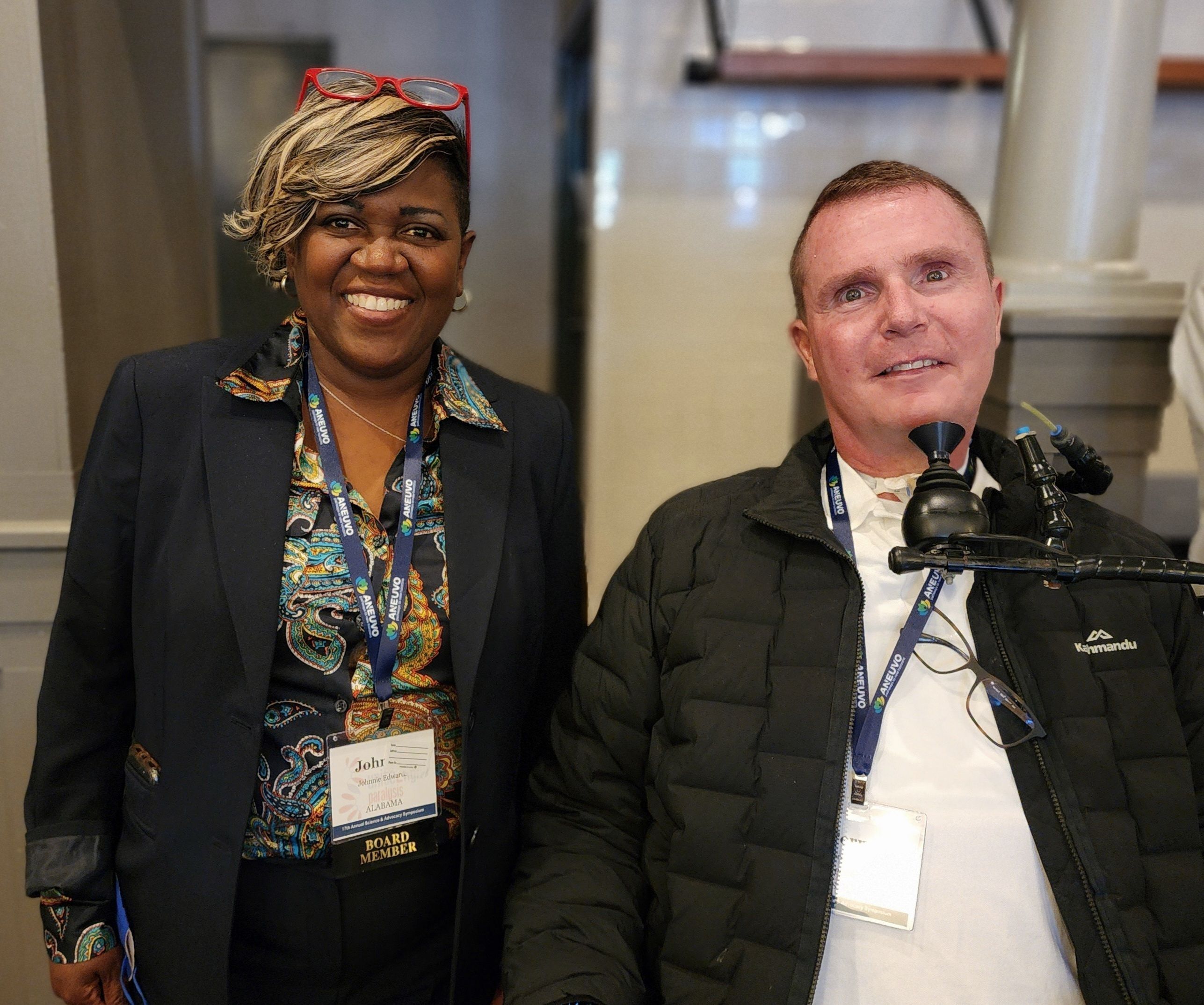
Perry Cross, right, poses with U2FP board member Johnnie Edwards, left, at U2FP’s 2022 Symposium in Salt Lake City, Utah.
I asked Perry Cross, who broke his neck (C2) playing rugby in 1994 and is the face of spinal cord injury in Australia, to comment:
“I’ve been working for many years to fund medical research to find a cure for paralysis and it’s not often that we get an opportunity to start human clinical trials. This is a huge moment for this type of technology, up until now trials of this nature have been on a much smaller scale. That said, some of the trials have shown to be very promising for some of the participants and we believe we’ve been able to improve the therapy enough to allow for a greater response. I’m also extremely encouraged because both the state and federal government have contributed to this human trial which is a fantastic endorsement of the research.”
Would Cross enter this trial, if he were eligible (his injury is too high): “Yes. It’s been my life’s work post-injury to get this human trial started so I would love to be involved.”
More on St. John
St. John is head of the Clem Jones Centre for Neurobiology and Stem Cell Research. He describes himself as a translational research neuroscientist; his goal is treatment development for injuries and diseases of the nervous system, and his willingness to jump ahead of the data trail underscores that commitment.
“My early career focused on discovery research to understand the biology of olfactory ensheathing cells. Our research is now focused on creating products that have a direct path to market, are commercially competitive and can be delivered as quickly as possible. We still do a lot of discovery research, but we only pursue discoveries that have a direct path to market and can improve the therapy.”
An Australian group, led by the late Alan Mackay-Sims, reported that a 2002 trial treating patients’ spinal injuries with OEG was safe, leading many to believe that a treatment was imminent – the headlines certainly suggested so. Here we are 23 years later, no treatments but the cells get a fresh look.
St. James joined the Mackay Sims group around 2007 and came to appreciate what he called the “cellular superpowers” of OEG. All that time since the first positive safety data, what is taking so long?
Said St. John, “Other trials around the world have also tested the cells but while there were some encouraging results, technical difficulties in preparing and transplanting the cells have been limiting factors.” It is not easy to separate pure OEGs from many other confounding cell types found in nasal mucosa, St. John said.
"We have designed the trial in close consultation with the spinal injury community, clinicians and industry partners to ensure the trial meets the needs and expectations of the trial participants, and has the best chance of success."
Caution
Two stories worth remembering: One is about misguided medicine, the other about misplaced expectations.
1. The OEG story was based on promising late 1990s animal research. Starting in 2001, Carlos Lima, a doctor in Portugal, took the cells right to people. He chopped up nose cells and stitched them into dozens of people with SCI, including some I knew from California. He reported in the literature that the procedure seemed safe and that a couple of the first six got enough bladder recovery to discontinue catheterization; one got bowel control back.
Dozens of people came to Portugal for Lima’s treatment. The legacy will make you squirm.
Ten years or so after their nose cell transplants, a number of patients discovered alarming growths at their lesion sites. The nose cells had formed teratomas, a type of tumor.
Here’s a comment from Lima patient Juan Pablo Salazar:
"Well, over a decade later, the famous nose stem cells had turned into a huge, sausage-looking, snot-filled cyst that compressed my spinal cord and almost killed me. The pressure translated into a neuropathic pain in all of my radial nerves that only the sciatic crowd out there could appreciate. Even worse, this massive cyst was growing upstream inside my spinal cord, threatening my ability to breathe (from C-7 to C-2, for the connoisseurs). After the MRI revealed this horrific fact, I rushed into a six-hour emergency neurosurgery to drain it."
2. Remember these headlines from 2014? “British Doctors on Brink of 'Cure' for Paralysis,” or “Paralyzed Man Walks Again After ‘Miracle’ Surgery?” Those were from the coverage of Darek Fidyka, a Polish fireman whose spinal cord was cut in a knife attack. He later got an OEG transplant (taken invasively from his nasal bulb). The study, a collaboration with British researcher Geoffrey Raisman at University College London, reported a good amount of recovery. Raisman, who died in 2017, called the breakthrough “historic” and “more impressive than man walking on the moon.”
Regeneration apparently occurred. Fidyka could walk and ride a bike after being completely paralyzed. A couple things to remember about the Raisman study: A knife wound is very much different than a typical contusion or bruise injury to the cord.
The ends of the cut cord were lined up and reconnected, braced with tissue from four strips of nerve tissue glued in place across an 8mm gap in the spinal cord. About 100 micro injections of olfactory cells were then made above and below the damaged area of the spinal cord. Scientists believe the cells acted as a bridge for spinal cord cells to regenerate.
Here’s the 2014 published record for the Fidyka study: Transplantation of autologous olfactory ensheathing cells in complete human spinal cord injury. This protocol would not work for any injury other than a knife slice. No one has replicated it and the surgical team in Poland has not seen another knife wound to work on.
The Wrap
Don’t freeze in the cure headlights. But keep an eye on this. Purified OEG cells have a chance to stir up some recovery in people with SCI. The trial carries some risk and there are some unpublished unknowns, but the community of those living with the injury has signed off on it. They’ve put a lot of money into it and stayed involved from the early stages to help shape the trial and inform scientists of their comfort level with its risk.
St. John told me he could improve the trial, publish all the bridge data, maybe seek a larger animal model to test the bridges. “We could keep studying the cells and their effect but it would take many more years,” he said.
“We’ve got to start somewhere.”
